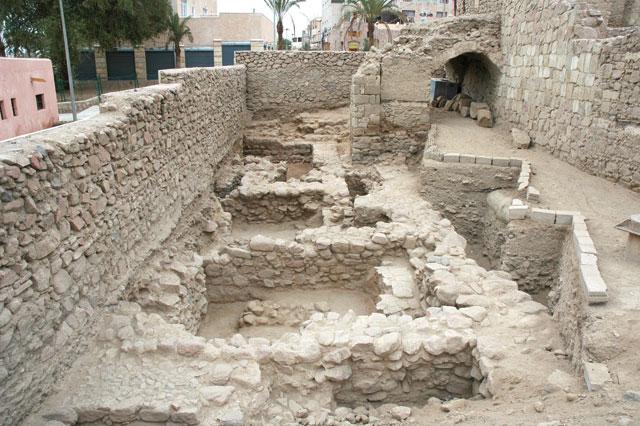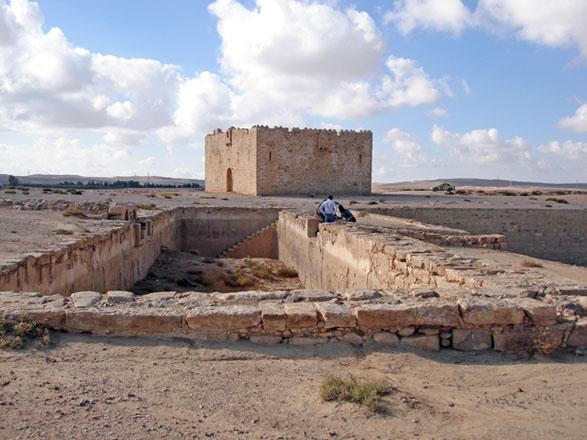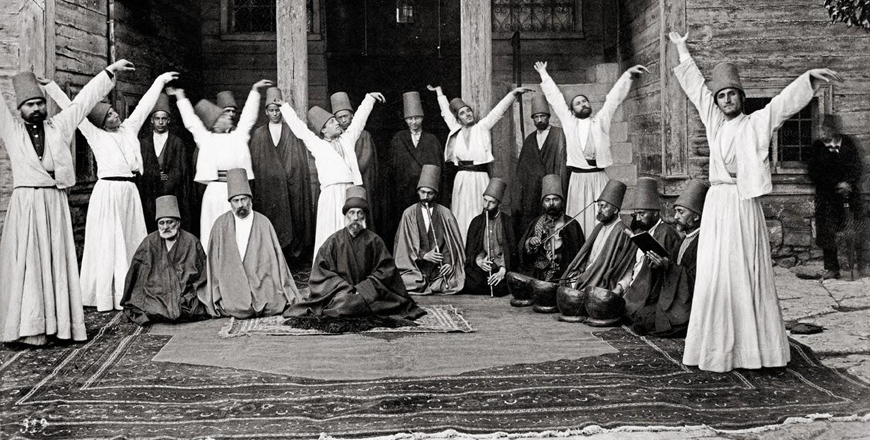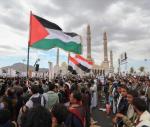You are here
British scholar traverses through caravanserais in Jordan
By Saeb Rawashdeh - Dec 24,2017 - Last updated at Dec 24,2017
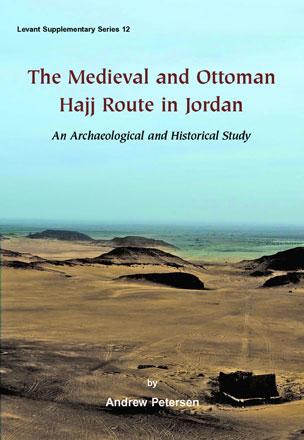
AMMAN — Despite the abundance of historical resources, the research on caravanserais in Jordan has been overlooked by scientists, according to a British scholar.
In archaeology, most of the interest of researchers is in the earlier periods, particularly the Roman, Nabataean, Iron and Bronze Ages, explained Professor Andrew Petersen, who received his PhD in archaeology and history from the Cardiff University.
“Ottoman archaeology is regarded by many people as too recent,” he added.
Petersen published a book on Hajj (the greater Muslim pilgrimage to Mecca) road inns titled “The Medieval and Ottoman Hajj Route in Jordan”.
The Syrian pilgrimage route from Damascus to Mecca is historically the most important of the Hajj routes, Peterson said, noting that this route was used in pre-Islamic times for merchants from Mecca and further south to trade with Syria.
“A number of events during the medieval period reduced the importance of the route, in particular the arrival of the Crusaders which made it unsafe for pilgrims,” Peterson underscored.
When the region was incorporated into the Ottoman empire in 1518, the ruling Sultan Selim recognised the importance of the route and decided to revive it as the principal means of travelling to Mecca, the scholar said.
According to Peterson: “When Sultan Sulayman succeeded Selim in 1520 he continued the policy of reviving the Syrian Hajj route and provided it with a series of forts, installations and other facilities for the benefit of pilgrims.”
There are eight Ottoman forts in Jordan as well as two Mamluk forts, which were reused by the Ottomans, Peterson continued, adding that in Saudi Arabia there are at least another 12 which have survived.
Furthermore, the forts were built over a period of time starting in the 1500s up to the 1700s and are all of a similar design, the expert emphasised.
Some of the forts have been renovated and can be visited as tourist sites whilst others are in a ruinous condition, he said.
Regarding roadside inns, or caravansarais, “to the north of Damascus there are a series of caravanserais which provided accommodation and other facilities for pilgrims and merchant travelling towards Mecca”.
However, south of Damascus, the pilgrims were expected to camp at allocated sites next to either cisterns, wells or springs, the British researcher highlighted, noting that the forts in Jordan and Saudi Arabia were built to protect these water resources from the bedouins or other people who wanted to endanger the pilgrims.
“During the 16th century only a few forts were built at strategic locations such as Maan and Qatrana,” the scholar explained.
“One 16th century account states that a group of bedouins near Qatrana tried to threaten the Hajj caravan but were frightened away when the soldiers began playing musical instruments,” he said.
However, in the 18th century new forts were built so that the entire route was covered with a single day’s journey between each fort.
The reason for the change was that during the 18th century the bedouins acquired firearms which were more accurate and could be fired from horses or camels, he stressed.
“In the 1700s, the bedouin were able to acquire new hand-held firearms and were able to pose a real threat to the pilgrims thus in 1757 the entire Hajj caravan was destroyed killing thousands of pilgrims,” Peterson said.
By the early 19th century, many of the forts were in a dilapidated condition and in 1825 a comprehensive programme of repairs was initiated by Muhammad Ali Pasha who controlled the region at the time, the historian noted.
“From the mid-19th century onwards many pilgrims favoured the route via steamships in the Red Sea — this route became even quicker with the opening of the Suez Canal in 1869,” Peterson highlighted.
The overland route did not become popular again until the early 20th century when the Hijaz railway enabled relatively speedy travel to Mecca, he said.
“Many of the Hijaz railway stations were built near the earlier Ottoman forts and often the workmen building the railway would stay in the old forts,” Peterson concluded.
Related Articles
AMMAN — Research Associate at Andrews University Reem Al Shqour undertook the task to write about Islamic waystations because she thought th
AMMAN — Before large-scale development and air travel, the Hajj pilgrimage routes comprised mostly of dirt roads, but according researchers,
AMMAN — As a hafiz who recited the holy Koran by heart and was part of the clergy at the court of Ottoman Sultan Mehmet IV (1642-1693), and


